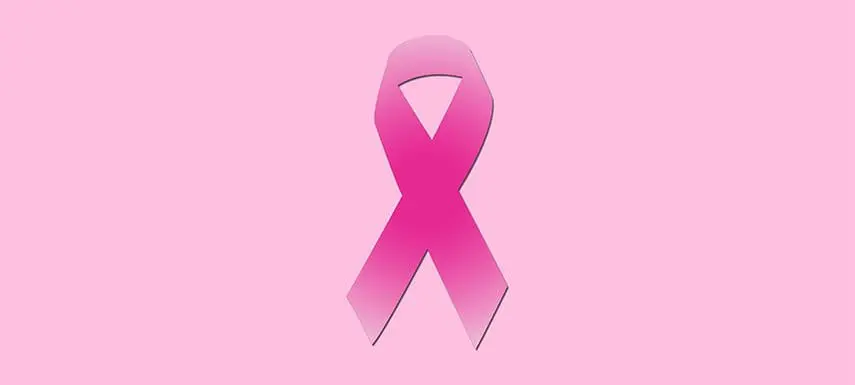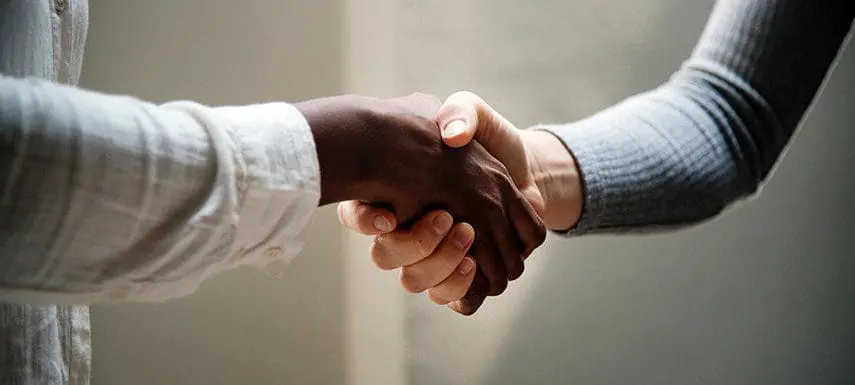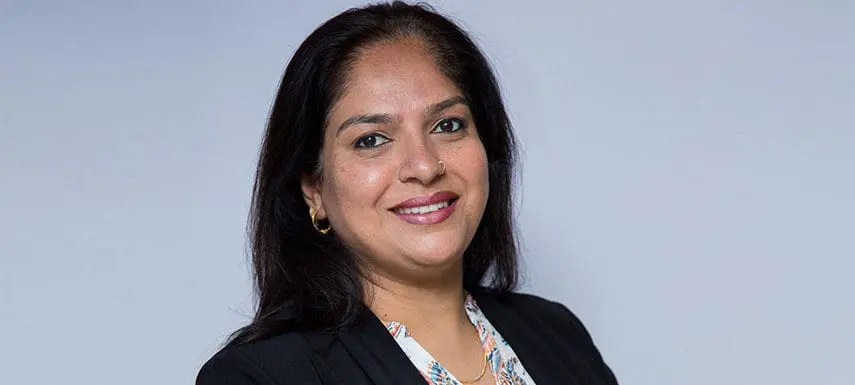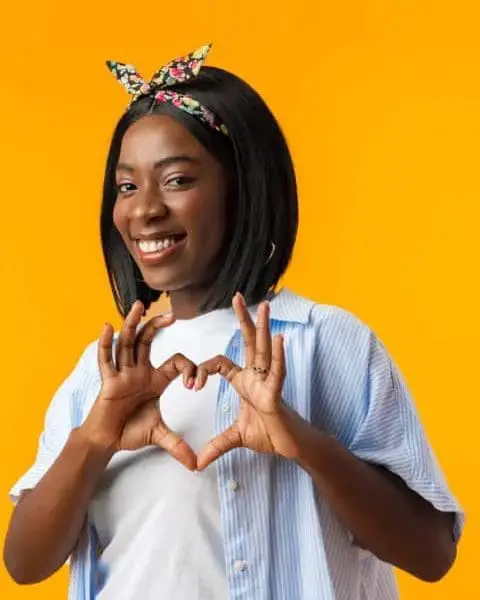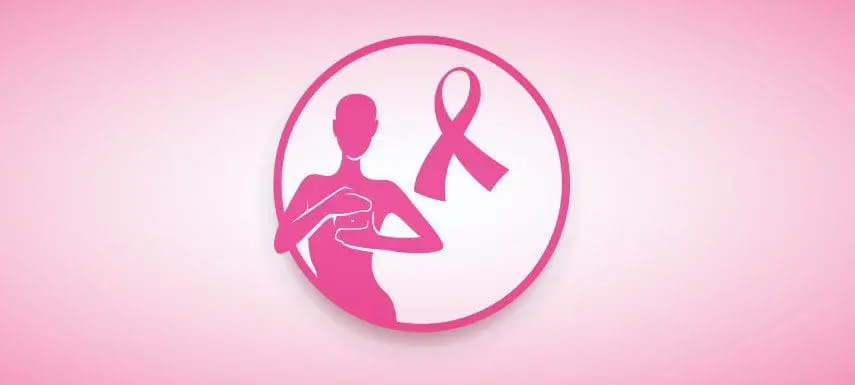
Every October, the world comes together to raise awareness on breast cancer and support breast cancer survivors. Normally, the events of the month usually include free screenings, social events and the doning of pink ribbons and/or outfits and so on. But while raising awareness is important, charity begins at home and it’s thus advisable that you create awareness in your own home/life before going out to the public. One of the best ways to do this is by being on the lookout for breast cancer because when diagnosed early it’s possible to successfully treat breast cancer.
Breast self-examination is an important breast cancer screening tool, especially when used alongside other checks conducted by a qualified physician. But how does one conduct a breast exam at home? These five steps should be a guide you through the process:
Step 1
When carrying a breast cancer at home, start off by standing with your shoulders straight and your arms by your side, then keenly look at your breasts in the mirror. At this point what you are looking out for is a difference in your skin; can you spot dimples that haven’t always been there? Are there bulges or is your skin simply puckered? Nipples usually stick out, check if they are pushed inwards. If the answer to any of these questions is affirmative, you might want to check in with your doctor or a trusted healthcare professional.
Step 2
In the second step of your breast cancer self-exam, you will maintain the same position you did in step one: stand upright, with your hands at your side. Raise your arms and look for the same changes you were looking out for in the first step.
Your breasts should be their usual size, shape and colour, evenly shaped without any distortion or swelling.
Step 3
In the third step, you will focus on discharge, any liquid coming from one or both of your nipples. It could be blood or it could be a liquid that looks watery, like milk or just yellow in colour. If you see any of these, visit your doctor for a check-up.
Step 4
This particular step is more hands on, compared to the others which were chiefly observatory. For starters, you will need to lie down. Once you are in a comfortable position, use your right hand to feel your left breast and your left hand to feel your right best. Do this in circular motion about the size of a coin, using your finger pads. Your touch should be firm but smooth.
Be sure to cover the whole breast, top to bottoms, side to side.
Step 5
The fifth and final step should be conducted while you are either standing or sitting down.
Feel your breast using the same hand movements described in step 4. However, it might be easier to do this when your skin is either slippery or wet so try this step in the shower or before you dry off.
